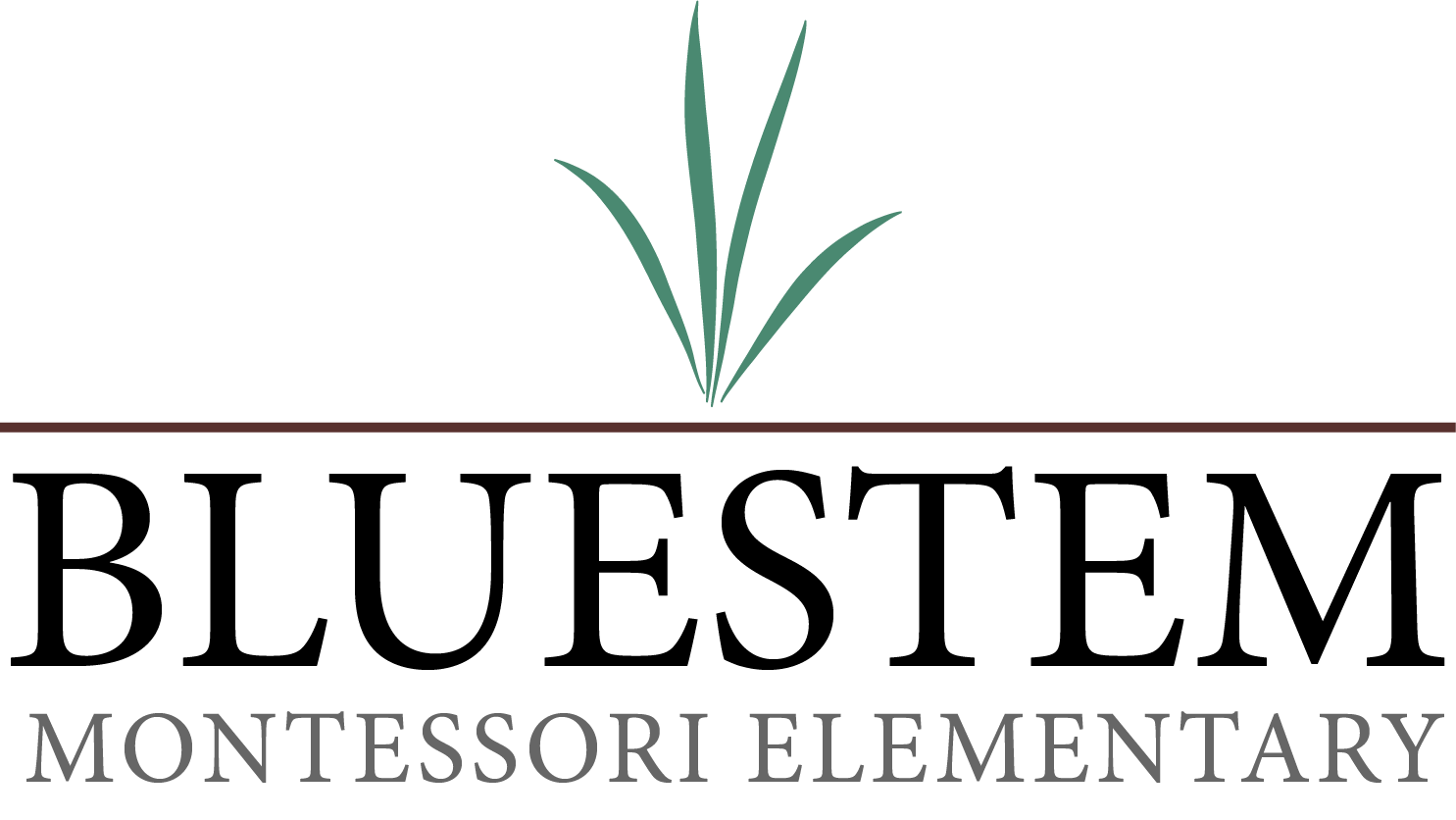Materials Spotlight: Maps
There are few things I remember more fondly from my own time as a student at Montessori Children’s Center than my time working with maps. Montessori maps are beautiful and special, and the hours I spent with them certainly contributed to my obsession with atlases and maps today! Here’s how they work.
Most Montessori schools have a set of map puzzles. They look like this:
The colors are standard across Montessori materials. North America is ALWAYS orange. South America is ALWAYS pink. This uniformity of color simplifies the concept for children, and it is easier for them to memorize the pieces of the map and transfer their knowledge to other maps if color is not variable. There is also a reason behind the pegs on these puzzles - it gets pre-writers ready to hold a pencil! The coolest thing about the puzzles, though, is that the pieces are all proportional. Children can see how much bigger Asia is than Europe, and get an accurate idea of the size of each country. When working with the North America map, children are struck with how tiny Belize is (barely big enough to hold the peg) in comparison to Canada or the United States.

This is an obvious way to introduce children to geography, and is often used with children as young as two to teach the continents and countries of the world. The teacher first introduces the concept of the map by explaining that it is a flat way to show a round world (s/he might take a blow up globe, and then flatten it for the children to show how something round can be drawn flat). The first map a child uses in the world map which shows continents. The children first use the map by taking the puzzle pieces out and exploring the different shapes of the continents, and then putting the map back together. This is usually work for very young children, but you can imagine that the work is more difficult when children are putting together not a map of continents, but a map of the states of the United States of America, or the countries of Africa - I remember this being challenging in third grade.
Children also label the maps. Using a control map, children label different countries, or even label countries with their flags. The control map lets children check their own work, so there is no reliance on a teacher to grade their progress. There is really no limit to what teachers can put out for their students. Labeling flags, languages spoken, cities, capitals, landmarks… really, anything. Pin maps are also used for this - it’s the same concept, except the maps are laminated paper and flags or labels are pinned on. I especially like this for flags, because there’s just something really appealing about little flags sticking out of a map.
Another popular use of the map puzzles is to have the children trace each continent/country/state, use a puncher to punch it out, and put it on their own map, labeled. The students then create their very own map! (My own house sports maps of the world, North America, and South America from my kids’ preschool days, and there is no way my kids will ever let them be thrown away - they are SO proud of their work!)



I love this activity SO MUCH. Here’s the beauty of this work: First, punching something out is calming and absorbing. Kids are able to focus on this work for a long time. Second, the children are, of course, learning geography. I will never, ever forget the shape of Venezuela or Peru after spending so long punching them out - and I punched them out over 30 years ago now! Third, pre-writers are learning amazing small motor skills (Didn’t Maria Montessori think of everything??)
There are so many ways to extend the use of maps. They tie effortlessly into cultural studies, but can also easily tie into biology, geology, history, and even music. It’s just another way that Montessori work emphasizes the interconnectedness of the the world; nothing is studied in isolation.

Until next time,
Laura






